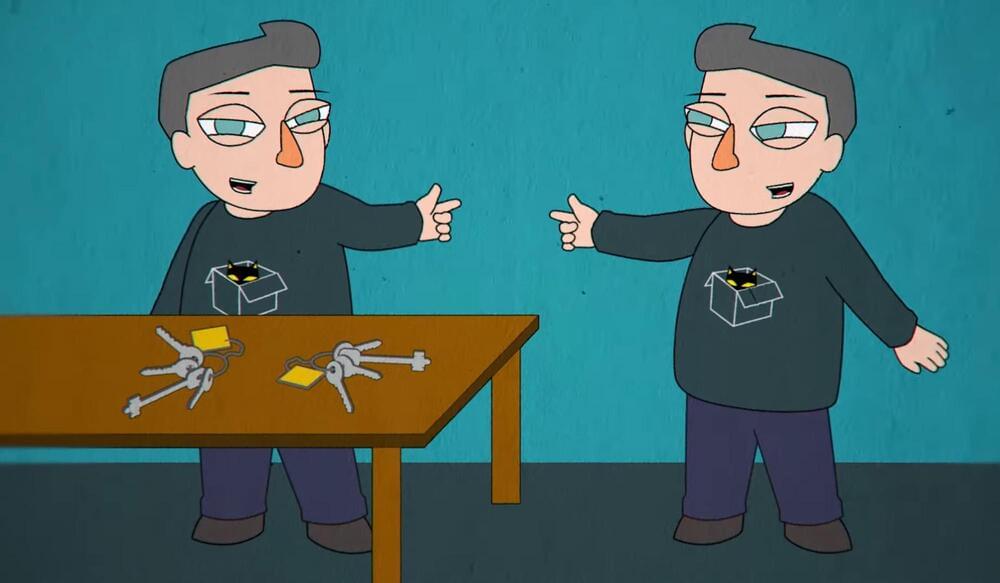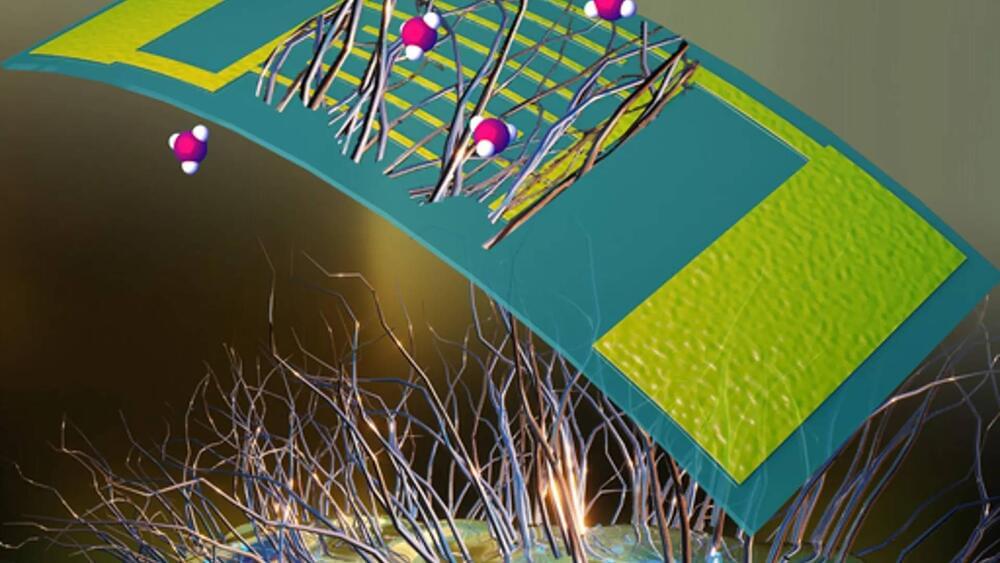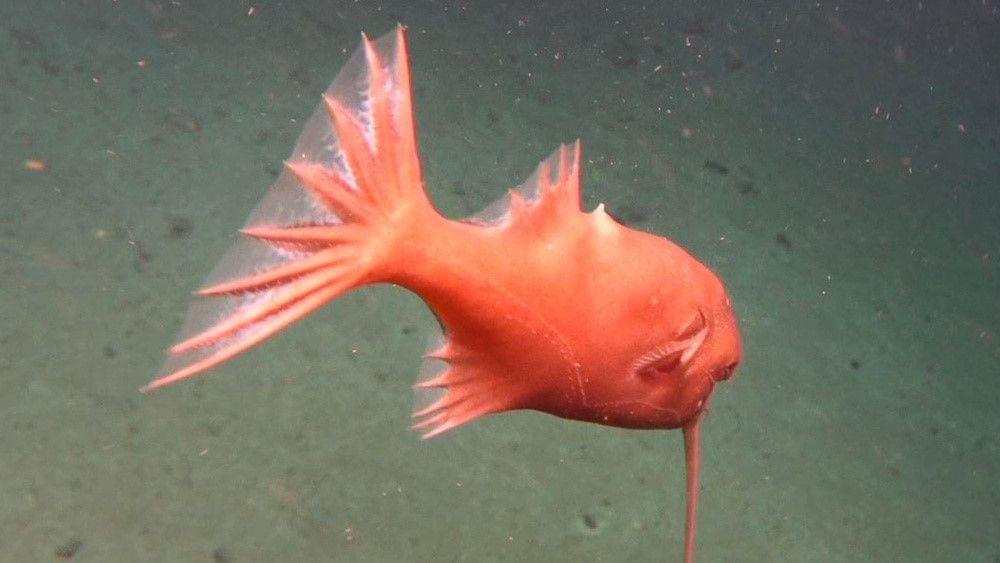“The host star, TOI-5205, is just about four times the size of Jupiter, yet it has somehow managed to form a Jupiter-sized planet, which is quite surprising!” exclaimed Dr. Shubham Kanodia, who is a postdoctoral fellow in the Carnegie Earth & Planets Lab and an expert in red dwarf stars, and lead author of the study. Dr. Shubham recently discussed the discovery in an in-depth blog post, as well. Using food as an analogy, Jupiter orbiting our Sun is equivalent to a pea orbiting a grapefruit, whereas TOI-5205b orbiting its parent star would be equivalent to a pea orbiting a lemon.
The general theory of planetary formation begins with a massive, rotating disk of gas and dust encircling young stars, with gas planets initially being formed from rocky material comprising approximately 10 Earth masses. Over time, this material forms the core of the giant planet, which then accumulates large amounts of gas from the disk to produce the massive gas giants we observe today. As it turns out, the confirmation of TOI-5205b could throw this theory into disarray.
“TOI-5205b’s existence stretches what we know about the disks in which these planets are born,” explained Dr. Kanodia. “In the beginning, if there isn’t enough rocky material in the disk to form the initial core, then one cannot form a giant gas planet. And at the end, if the disk evaporates away before the massive core is formed, then one cannot form a giant gas planet. And yet TOI-5205b formed despite these guardrails. Based on our nominal current understanding of planet formation, TOI-5205b should not exist; it is a ‘forbidden’ planet.”







